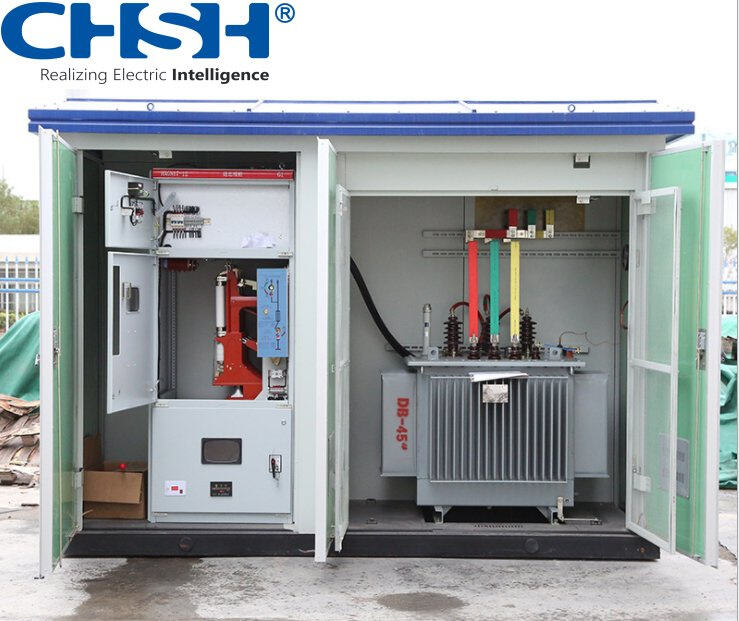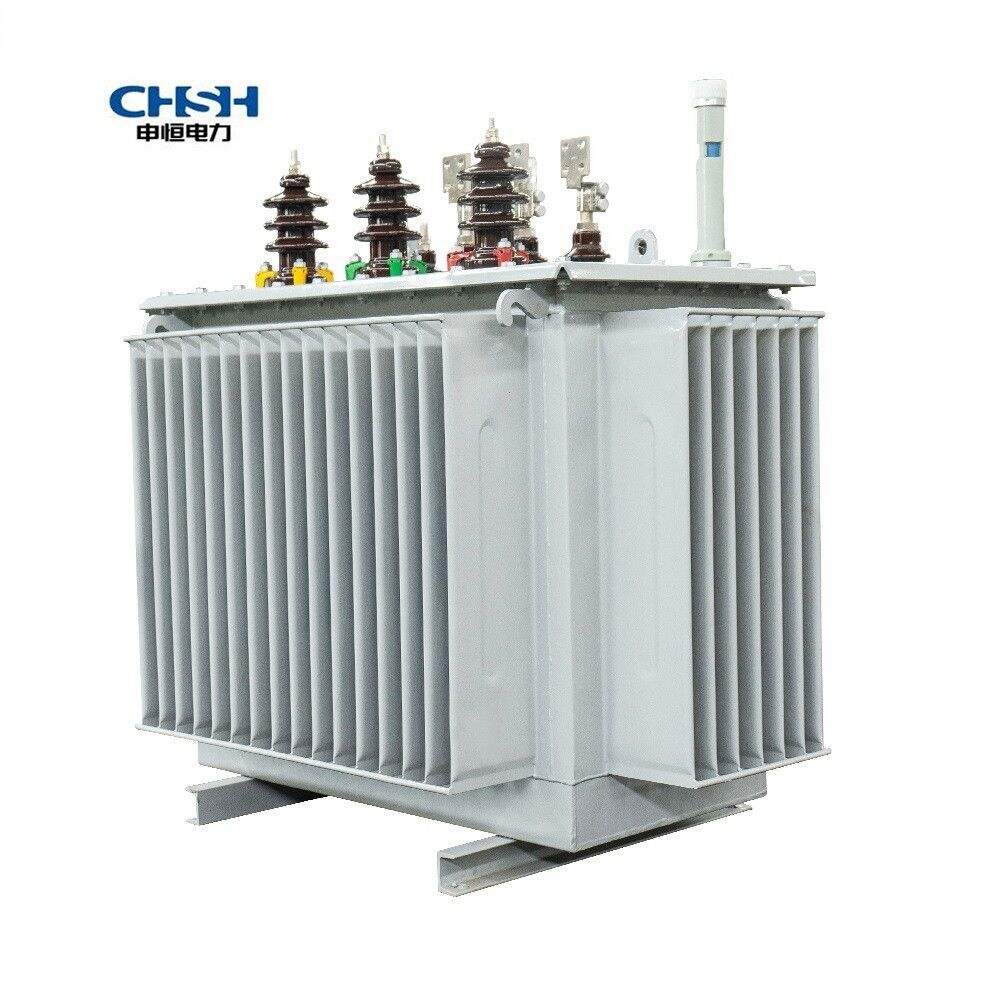Solving Overheating Issues in Distribution Transformers: Cooling Technologies Compared
Distribution Transformers are critical components of modern power systems, delivering electricity from high-voltage transmission networks to homes, businesses, and industries. They are designed to operate reliably for decades, but like any electrical equipment, they are susceptible to performance issues if not properly managed. One of the most significant threats to their operational lifespan is overheating.
Overheating in Distribution Transformers can lead to insulation degradation, reduced efficiency, increased maintenance costs, and, in extreme cases, catastrophic failure. To address these risks, engineers and utility companies rely on various cooling technologies. These systems not only protect transformers from thermal damage but also ensure energy efficiency and operational stability.
This article compares different cooling methods for Distribution Transformers, exploring their advantages, limitations, and best applications.
Understanding Overheating in Distribution Transformers
Before examining cooling technologies, it is essential to understand why overheating occurs. The main causes include:
High Load Conditions: When a transformer operates at or above its rated capacity for extended periods, internal heat builds up.
Ambient Temperature: Transformers located in hot climates are more prone to overheating, especially during peak demand.
Poor Ventilation: Lack of airflow around the transformer housing can trap heat.
Insulation Aging: As insulation degrades, heat dissipation efficiency decreases.
Electrical Faults: Internal short circuits or winding faults generate localized hot spots.
If not managed effectively, overheating accelerates the breakdown of insulation and other components, shortening the service life of the transformer.
The Role of Cooling in Transformer Performance
Cooling is essential for maintaining transformer performance and extending service life. Effective cooling systems:
Maintain safe operating temperatures.
Improve efficiency by reducing thermal losses.
Prevent oil and winding insulation from breaking down prematurely.
Reduce the risk of unplanned outages due to thermal overload.
In modern power distribution networks, the choice of cooling technology depends on transformer size, location, load profile, and environmental conditions.
Cooling Technologies for Distribution Transformers
1. Natural Air Cooling (ONAN – Oil Natural Air Natural)
In ONAN systems, heat generated in the transformer windings is transferred to the oil, which circulates naturally within the tank. The oil then transfers heat to the transformer’s external surfaces, where it dissipates into the surrounding air.
Advantages:
Simple design with no moving parts.
Low maintenance and high reliability.
Cost-effective for smaller transformers.
Limitations:
Limited cooling capacity; not ideal for high-load applications.
Performance heavily influenced by ambient temperature.
Best Applications:
Small to medium-sized Distribution Transformers in temperate climates.
2. Forced Air Cooling (ONAF – Oil Natural Air Forced)
ONAF cooling enhances natural air cooling by adding fans to increase airflow over the transformer’s radiators. The oil still circulates naturally inside the transformer, but forced air increases the heat dissipation rate.

Advantages:
Improved cooling capacity compared to ONAN.
Can handle temporary load peaks.
Relatively low additional cost over ONAN.
Limitations:
Fans require regular maintenance and consume additional energy.
Failure of cooling fans can lead to rapid temperature rise under heavy load.
Best Applications:
Medium to large Distribution Transformers in areas with variable or peak-heavy loads.
3. Forced Oil and Forced Air Cooling (OFAF)
In OFAF systems, pumps circulate the insulating oil through the transformer and its radiators, while fans blow air across the radiator surfaces to remove heat.
Advantages:
Highly effective cooling for large transformers.
Supports higher continuous loads without overheating.
Allows installation in warmer climates.
Limitations:
Higher initial cost and complexity.
Requires constant monitoring of pumps and fans.
Increased energy consumption for auxiliary systems.
Best Applications:
Large-capacity Distribution Transformers in high-demand industrial or urban distribution networks.
4. Forced Oil and Water Cooling (OFWF)
OFWF systems use pumps to circulate transformer oil through a heat exchanger, where water absorbs and carries away the heat. The cooled oil is then returned to the transformer tank.
Advantages:
Extremely efficient cooling for very large transformers.
Suitable for installations in enclosed or underground spaces with limited airflow.
Can handle extreme load and environmental conditions.
Limitations:
Requires a reliable water supply and additional infrastructure.
Higher risk of leaks and water contamination if not properly maintained.
More expensive than air-cooled systems.
Best Applications:
High-capacity Distribution Transformers in urban substations, underground vaults, or remote areas with available water sources.
5. Radiator and Heat Pipe Enhancements
Some modern Distribution Transformers use advanced radiator designs or heat pipes to improve heat dissipation. Heat pipes can transfer thermal energy more effectively, allowing for compact transformer designs without sacrificing cooling performance.
Advantages:
Improved thermal management in compact form factors.
Can be combined with other cooling methods.
Limitations:
Higher design complexity and cost.
Still dependent on ambient conditions for performance.
Best Applications:
Space-constrained installations and modern smart grid systems.
Comparing Cooling Technologies
When choosing a cooling method for Distribution Transformers, engineers must balance efficiency, reliability, and cost. Key factors to consider include:
Load Profile: Continuous high loads require more advanced cooling systems.
Ambient Temperature: Hot climates benefit from forced air or water cooling.
Maintenance Capacity: Simpler systems are better in areas with limited technical support.
Installation Location: Indoor or underground locations may require water-based cooling.
Budget and Lifecycle Costs: Upfront costs must be weighed against long-term operational savings.
Preventive Measures to Reduce Overheating
Even with advanced cooling systems, proactive measures can further reduce overheating risks:
Load Management: Avoid sustained operation above rated capacity.
Regular Maintenance: Clean radiators, check oil levels, and inspect fans or pumps.
Temperature Monitoring: Install sensors for real-time thermal tracking.
Insulation Health Checks: Monitor dissolved gas analysis (DGA) for early signs of insulation breakdown.
Environmental Planning: Provide adequate ventilation and shade where possible.
Innovations in Transformer Cooling
The industry is exploring new cooling approaches for Distribution Transformers to enhance performance and reduce environmental impact:
Eco-Friendly Coolants: Using biodegradable and fire-resistant ester-based oils instead of mineral oil.
Smart Cooling Controls: AI-driven systems that adjust fan and pump speeds based on real-time load and temperature.
Hybrid Cooling: Combining natural and forced cooling modes for energy efficiency.
Phase Change Materials (PCMs): Storing thermal energy during peak loads and releasing it when demand drops.
These innovations aim to extend transformer lifespan while lowering operational costs and environmental footprint.
The Environmental Aspect of Cooling Technologies
Cooling systems not only affect transformer performance but also have environmental implications. Air-based systems consume less water but may require more space. Water-based systems offer high efficiency but demand responsible water management. Using eco-friendly insulating fluids can further reduce risks of soil and water contamination.
For sustainable operations, utility companies increasingly choose cooling technologies that balance performance with reduced environmental impact.
Conclusion
Overheating is a major concern for Distribution Transformers, but a variety of cooling technologies are available to address it. From simple natural air cooling to advanced oil-water systems, each method has its strengths and trade-offs.
Selecting the right cooling technology depends on transformer size, load conditions, climate, and maintenance capabilities. By understanding these factors, utilities and engineers can ensure transformers operate efficiently, avoid costly failures, and support reliable power delivery.
As technology evolves, we can expect even more efficient, environmentally friendly cooling solutions for Distribution Transformers. Integrating smart controls, eco-friendly coolants, and innovative heat transfer materials will not only solve overheating problems but also contribute to a more sustainable power infrastructure.
FAQ
What causes overheating in Distribution Transformers?
Overheating can result from high load, poor ventilation, insulation aging, ambient heat, or electrical faults.
Which cooling method is most efficient?
Oil-water cooling systems (OFWF) are highly efficient but are typically used for large-capacity transformers in demanding conditions.
Can cooling systems extend transformer life?
Yes. By maintaining optimal temperatures, cooling systems reduce insulation wear and mechanical stress, extending operational lifespan.
Are eco-friendly transformer oils effective for cooling?
Yes. Ester-based oils provide comparable or better cooling than mineral oils, with the added benefits of biodegradability and fire resistance.
How often should cooling systems be maintained?
Routine inspections should be performed at least annually, with more frequent checks for fans, pumps, and water systems in high-load transformers.
Table of Contents
- Solving Overheating Issues in Distribution Transformers: Cooling Technologies Compared
- Understanding Overheating in Distribution Transformers
- The Role of Cooling in Transformer Performance
- Cooling Technologies for Distribution Transformers
- Comparing Cooling Technologies
- Preventive Measures to Reduce Overheating
- Innovations in Transformer Cooling
- The Environmental Aspect of Cooling Technologies
- Conclusion
- FAQ

